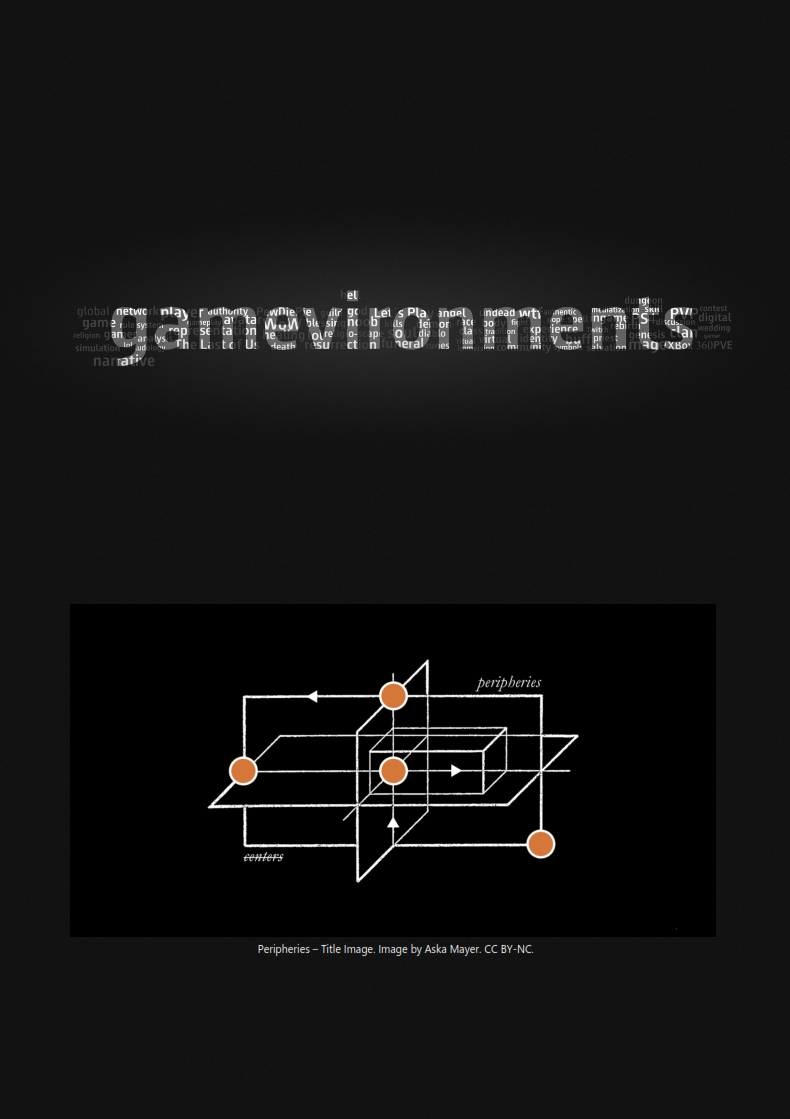Virtual Magic. The Depictions of Semi-Referential Systems of Magic in Video Game Aesthetics and Narrative
DOI:
https://doi.org/10.48783/gameviron.v22i22.275Keywords:
Magic, Chaos Magic, Esotericism, Pop Culture, Video Games, Religion and Video games, gamevironmentsAbstract
Magical practices, magical worlds, or fictional deities have been a firm aspect of video game lore from the earliest days of gaming culture. Reaching back to such iconic games as Akalabeth: World of Doom (1979) and the subsequent Ultima series (1981-2018), fantastic realms have accommodated a plethora of players throughout the years. With the rise of interest in esoteric practices and the occult, several game developers have decided to include real-life practices into their narrative as well, instead of the mostly fictional, so-called high fantasy lore. References to popular real-life sources (such as the Ars Goetia [Shaw 2017]), characters (such as Aleister Crowley), or organizations (such as the Golden Dawn) were gradually being incorporated into the story, much to the delight of occult enthusiasts. In contrast to the fictional narratives and real-life references, in recent years a third category of magical representations in video games is emerging. Serving as an amalgamation of both, several developers have created their own fictional systems of magic – built upon real-life sources but following their own aesthetics and narrative. Surprisingly, many of such magical systems are being currently absorbed back into the real-world magical practice, mostly as part of chaos magick, a postmodern school of magic, known for its strong syncretic approach to ritual design. The visual and narrative appeal of said videogame representations of magic has for many practitioners overshadowed the appeal of more traditional approaches and was thus used in their practice instead. This article will, on chosen video game case studies, demonstrate how popular fiction in video games can reimagine and reinterpret the traditional teachings, and build new, complex, and appealing systems, which can be subsequently reimplemented back to the contemporary, real-life magical practices.





